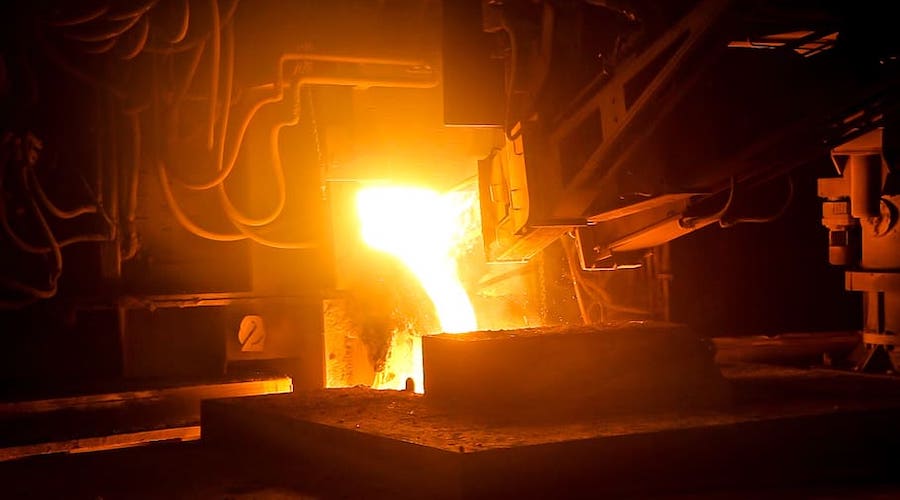Researcher to study ’green’ steelmaking process at the atomic level to optimize it


A researcher at Binghamton University received almost half a million dollars from the US National Science Foundation to investigate how hydrogen-based direct reduction works at the atomic level.
The process uses hydrogen instead of coal-intensive manufacturing to produce steel. However, so far it is not fully understood how it works.
“If you look at the reduction of iron oxides with hydrogen, it looks quite simple,” professor Guangwen Zhou said in a media statement. “You produce iron and water. In reality, it’s actually quite complicated because the reaction involves several other intermediate solid phases. We need to look at which path can be further improved to get better efficiency.”
As associate director of Binghamton’s Institute of Materials Research, Zhou has been studying metal oxides for more than a decade.
Recently, he teamed up with the Brookhaven National Laboratory and other collaborators for two major studies of oxide reactions in real-time, offering new insights into how the process works and how to control the reactions.
For this new NSF grant, Zhou is the principal investigator, but he and his students will use Brookhaven’s equipment, including environmental transmission electron microscopy and ambient-pressure X-ray photoelectron spectroscopy to study possible pathways to reduce iron from iron oxide at temperatures exceeding 1,000 degrees Celsius.
“We want to provide a fundamental understanding of the basic chronology of the reaction process and its complicated transformations,” he said. “Once we know that, we can play with factors like the amount of hydrogen, the pressure or the temperature to optimize the process.”
In Zhou’s view, as the planet sweats through the hottest summer on record in the northern hemisphere, cutting carbon emissions seems more urgent than ever and it is estimated that the steelmaking process alone accounts for 7% to 11% of all human-made greenhouse gas emissions.
“I think this project comes at the right time,” the scientist said. “There’s a lot of interest from the research community and from society, because of the need to reduce greenhouse gases.”
THIS ARTICLE FIRST APPEARED ON MINING.COM.
Comments
Mounah
Interesting way to optimise direct reduction process